Dr. Joellen Russell has been named a University Distinguished Professor in recognition of her long-term commitment and outstanding contributions to undergraduate education. Professor Russell is best known as a teacher for her very popular Introduction to Oceanography class, which had more than 1000 students one semester. She has also regularly taught an undergraduate course in Teaching Geosciences.
Professor Russell's research uses global climate and earth system models to simulate the climate and carbon cycle of the past, the present and the future, and develops observationally-based metrics to evaluate these simulations. She leads the modeling theme of the Southern Ocean Carbon and Climate Observations and Modeling project and chairs the NOAA Science Advisory Board’s Climate Working Group; she also serves as an Objective Leader for the Scientific Committee on Antarctic Research’s AntarcticClimate21, and on the National Center for Atmospheric Research’s Community Earth System Model Advisory Board.
Professor Russell holds faculty appointments in the departments of Geosciences, Planetary Sciences, Hydrology and Atmospheric Sciences, and Mathematics, and has been the Thomas R. Brown Distinguished Chair of Integrative Science since 2017. She has been at the University of Arizona since 2006, and on the LPL faculty since 2012.


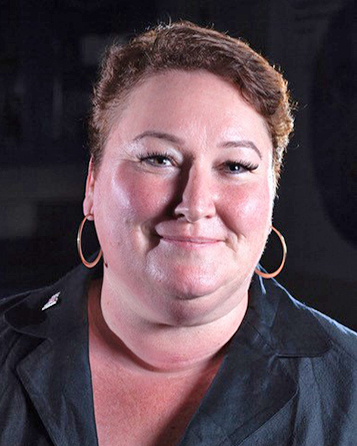
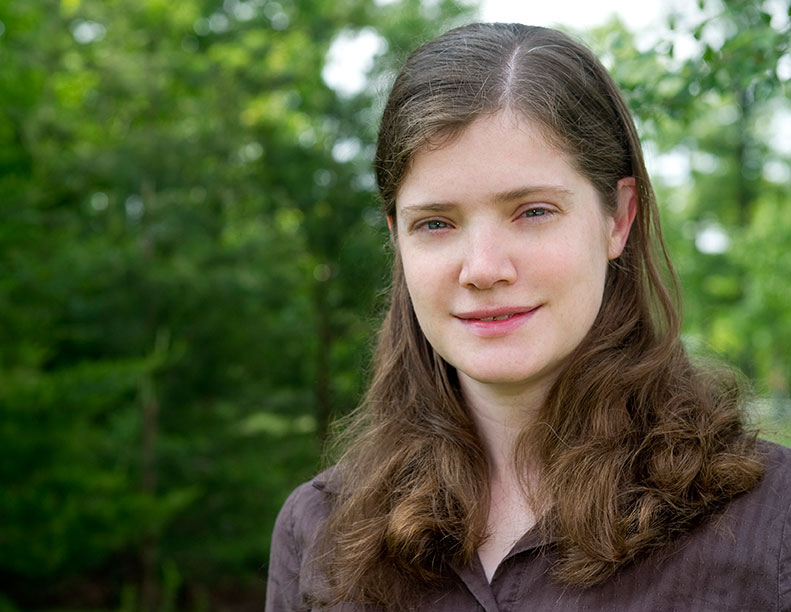
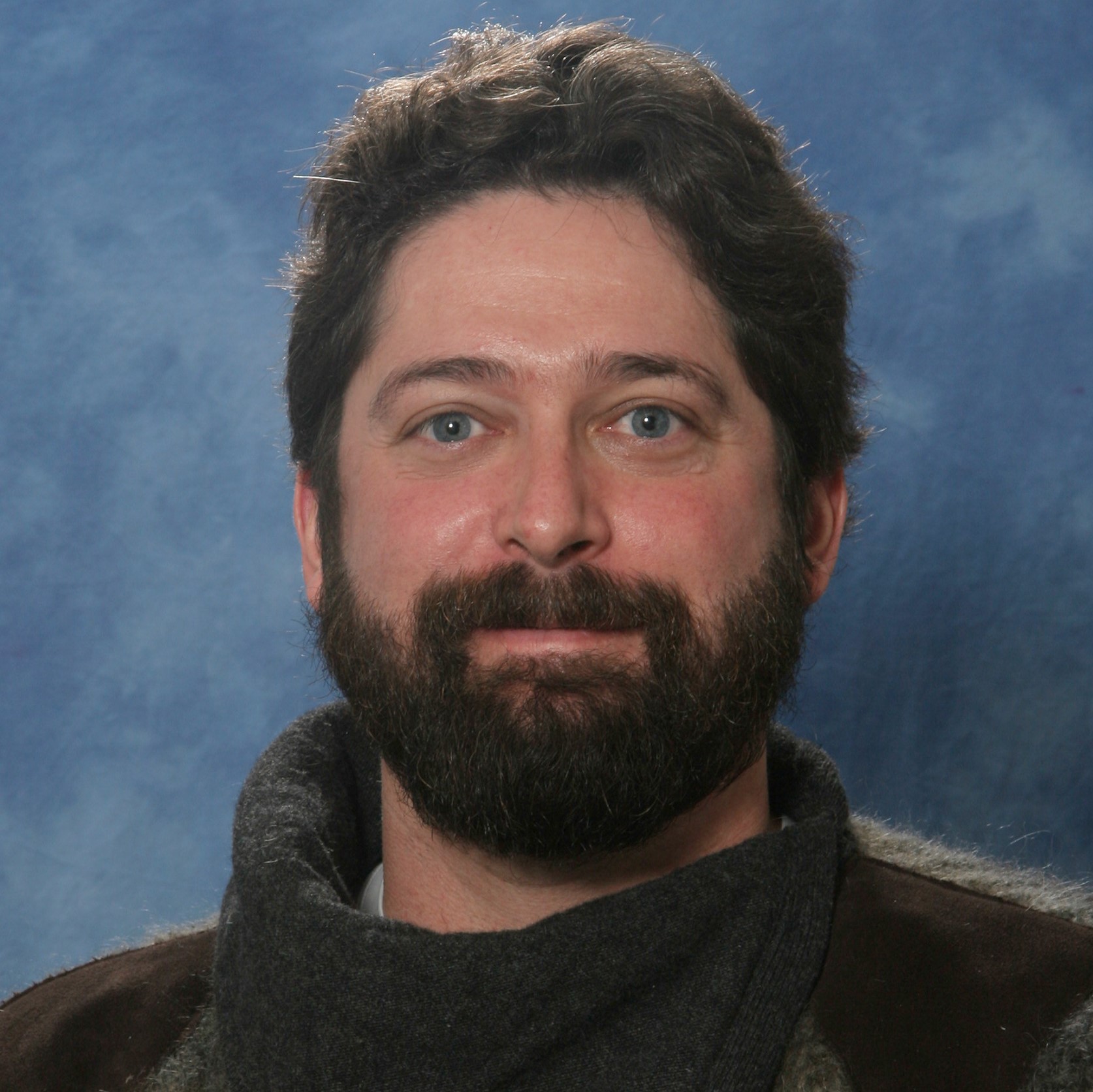
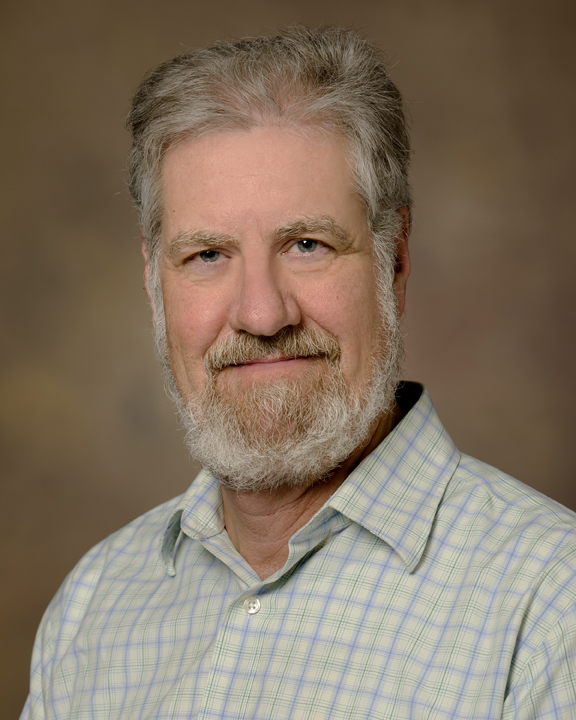 Regents' Professor Alfred McEwen
Regents' Professor Alfred McEwen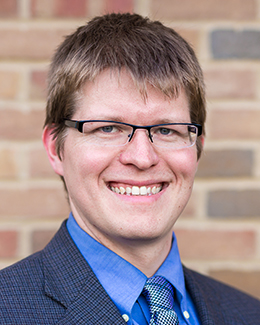 Kudos to
Kudos to 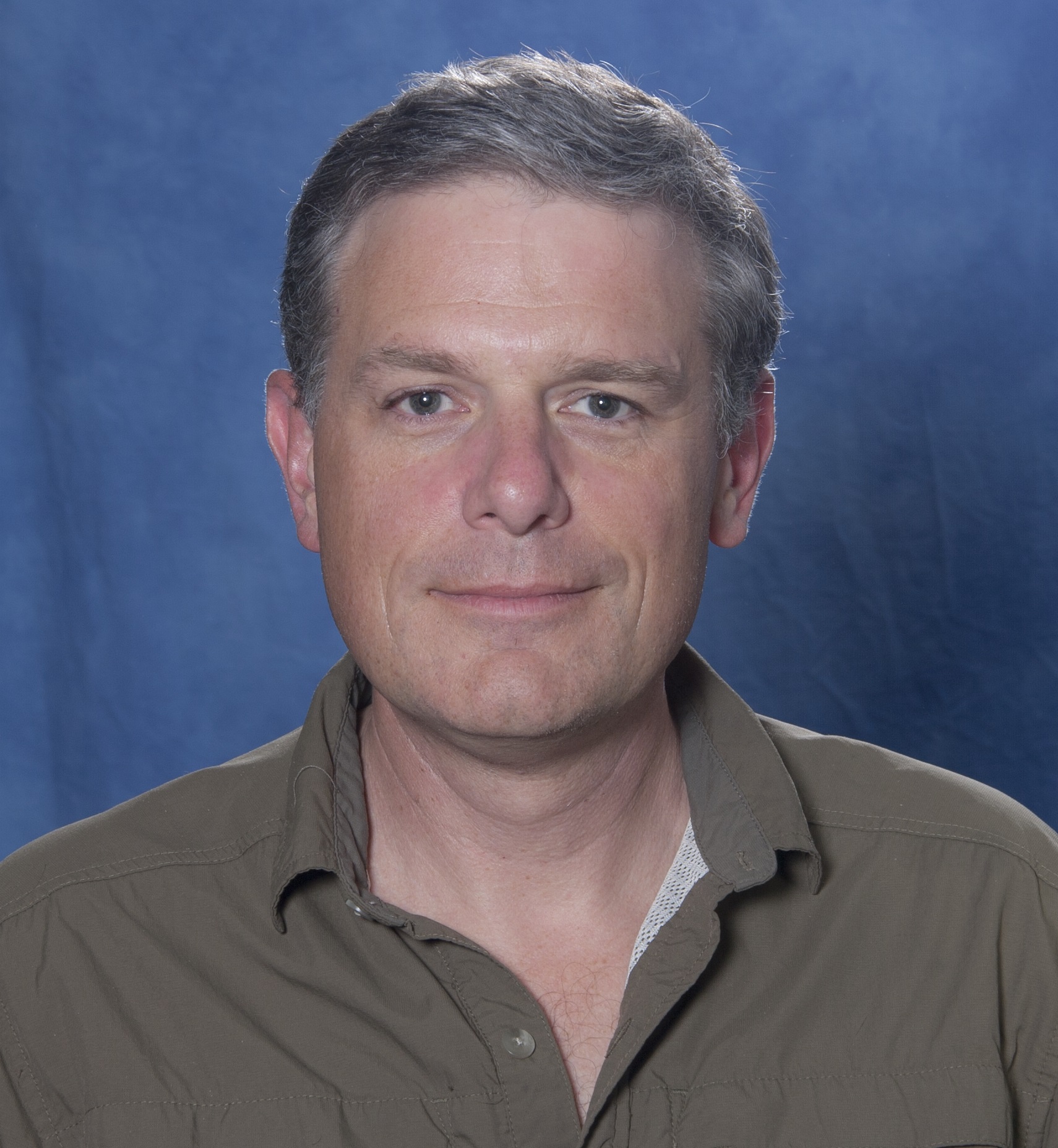 Dr. Walter Harris
Dr. Walter Harris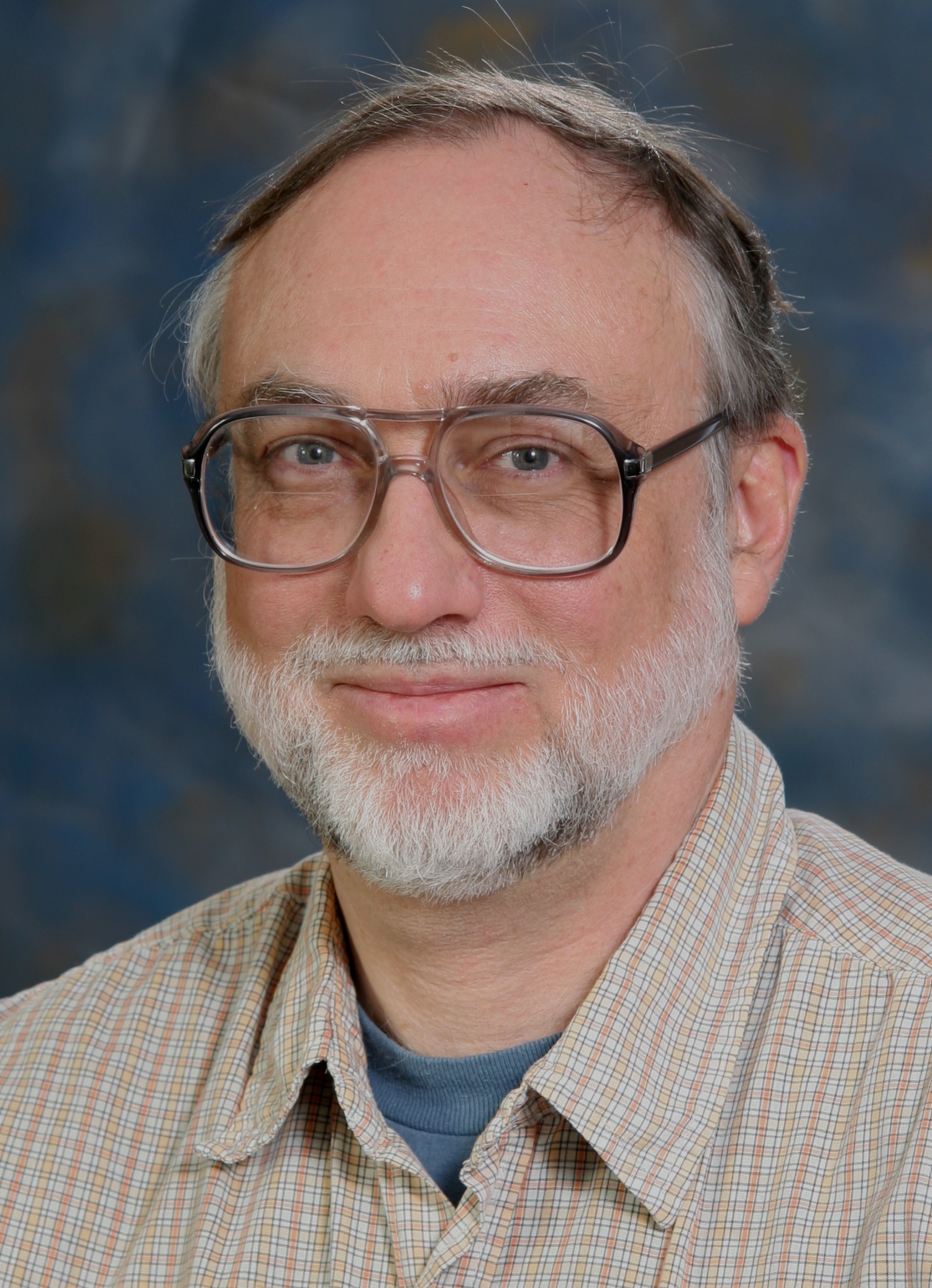 Dr. Robert McMillan
Dr. Robert McMillan